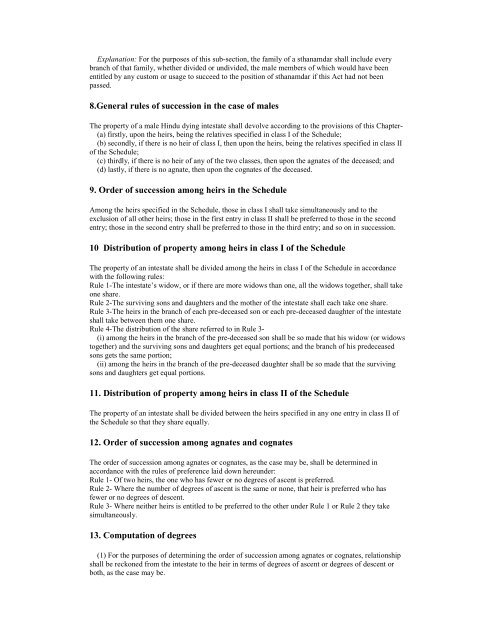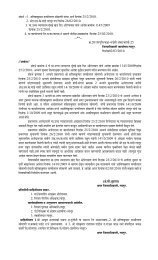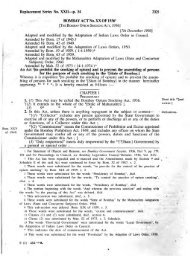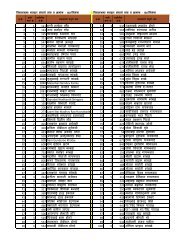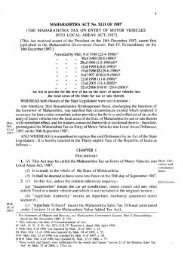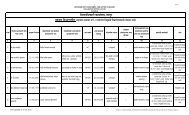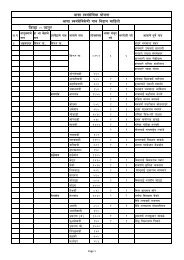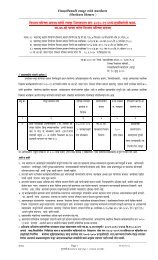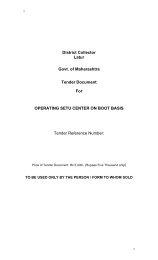Explanation: For the purposes of this sub-section, the family of a sthanamdar shall include everybranch of that family, whether divided or undivided, the male members of which would have beenentitled by any custom or usage to succeed to the position of sthanamdar if this Act had not beenpassed.8.General rules of succession in the case of malesThe property of a male Hindu dying intestate shall devolve according to the provisions of this Chapter-(a) firstly, upon the heirs, being the relatives specified in class I of the Schedule;(b) secondly, if there is no heir of class I, then upon the heirs, being the relatives specified in class IIof the Schedule;(c) thirdly, if there is no heir of any of the two classes, then upon the agnates of the deceased; and(d) lastly, if there is no agnate, then upon the cognates of the deceased.9. Order of succession among heirs in the ScheduleAmong the heirs specified in the Schedule, those in class I shall take simultaneously and to theexclusion of all other heirs; those in the first entry in class II shall be preferred to those in the secondentry; those in the second entry shall be preferred to those in the third entry; and so on in succession.10 Distribution of property among heirs in class I of the ScheduleThe property of an intestate shall be divided among the heirs in class I of the Schedule in accordancewith the following rules:Rule 1-The intestate’s widow, or if there are more widows than one, all the widows together, shall takeone share.Rule 2-The surviving sons and daughters and the mother of the intestate shall each take one share.Rule 3-The heirs in the branch of each pre-deceased son or each pre-deceased daughter of the intestateshall take between them one share.Rule 4-The distribution of the share referred to in Rule 3-(i) among the heirs in the branch of the pre-deceased son shall be so made that his widow (or widowstogether) and the surviving sons and daughters get equal portions; and the branch of his predeceasedsons gets the same portion;(ii) among the heirs in the branch of the pre-deceased daughter shall be so made that the survivingsons and daughters get equal portions.11. Distribution of property among heirs in class II of the ScheduleThe property of an intestate shall be divided between the heirs specified in any one entry in class II ofthe Schedule so that they share equally.12. Order of succession among agnates and cognatesThe order of succession among agnates or cognates, as the case may be, shall be determined inaccordance with the rules of preference laid down hereunder:Rule 1- Of two heirs, the one who has fewer or no degrees of ascent is preferred.Rule 2- Where the number of degrees of ascent is the same or none, that heir is preferred who hasfewer or no degrees of descent.Rule 3- Where neither heirs is entitled to be preferred to the other under Rule 1 or Rule 2 they takesimultaneously.13. Computation of degrees(1) For the purposes of determining the order of succession among agnates or cognates, relationshipshall be reckoned from the intestate to the heir in terms of degrees of ascent or degrees of descent orboth, as the case may be.
(2) Degrees of ascent and degrees of descent shall be computed inclusive of the intestate.(3) Every generation constitutes a degree either ascending or descending.14. Property of a female Hindu to be her absolute property(1) Any property possessed by a Female Hindu, whether acquired before or after the commencementof this Act, shall be held by her as full owner thereof and not as a limited owner.Explanation: In this sub-section, "property" includes both movable and immovable propertyacquired by a female Hindu by inheritance or devise, or at a partition, or in lieu of maintenance orarrears of maintenance, or by gift from any person, whether a relative or not, before, at or after hermarriage, or by her own skill or exertion, or by purchase or by prescription, or in any other mannerwhatsoever, and also any such property held by her as stridhana immediately before thecommencement of this Act.(2) Nothing contained in sub-section (1) shall apply to any property acquired by way of gift or undera will or any other instrument or under a decree or order of a civil court or under an award where theterms of the gift, will or other instrument or the decree, order or award prescribe a restricted estate insuch property.15. General rules of succession in the case of female Hindus(1) The property of a female Hindu dying intestate shall devolve according to the rules set out insection 16 :(a) firstly, upon the sons and daughters (including the children of any pre-deceased son ordaughter) and the husband;(b) secondly, upon the heirs of the husband;(c) thirdly, upon the mother and father;(d) fourthly, upon the heirs of the father; and(e) lastly, upon the heirs of the mother.(2) Notwithstanding anything contained in sub-section (1)-(a) any property inherited by a female Hindu from her father or mother shall devolve, in theabsence of any son or daughter of the deceased (including the children of any pre-deceased son ordaughter) not upon the other heirs referred to in sub-section (1) in the order specified therein, but uponthe heirs of the father; and(b) any property inherited by a female Hindu from her husband or from her father-in-law shalldevolve, in the absence of any son or daughter of the deceased (including the children of any predeceasedson or daughter) not upon the other heirs referred to in sub-section (1) in the order specifiedtherein, but upon the heirs of the husband.16. Order of succession and manner of distribution among heirs of a femaleHinduThe order of succession among the heirs referred to in section 15 shall be, and the distribution of theintestate’s property among those heirs shall take place, according to the following rules, namely:-Rule 1- Among the heirs specified in sub-section (1) of section 15, those in one entry shall be preferredto those in any succeeding entry and those including in the same entry shall take simultaneously.Rule 2- If any son or daughter of the intestate had pre-deceased the intestate leaving his or her ownchildren alive at the time of the intestate’s death, the children of such son or daughter shall takebetween them the share which such son or daughter would have taken if living at the intestate’s death.Rule 3-The devolution of the property of the intestate on the heirs referred to in clauses (b), (d) and (e)of sub-section (1) and in sub-section (2) of section 15 shall be in the same order and according to thesame rules as would have applied if the property had been the father’s or the mother’s or the husband’sas the case may be, and such person had died intestate in respect thereof immediately after theintestate’s death.17. Special provisions respecting persons governed by Marumakkattayam andAliyasantana laws


